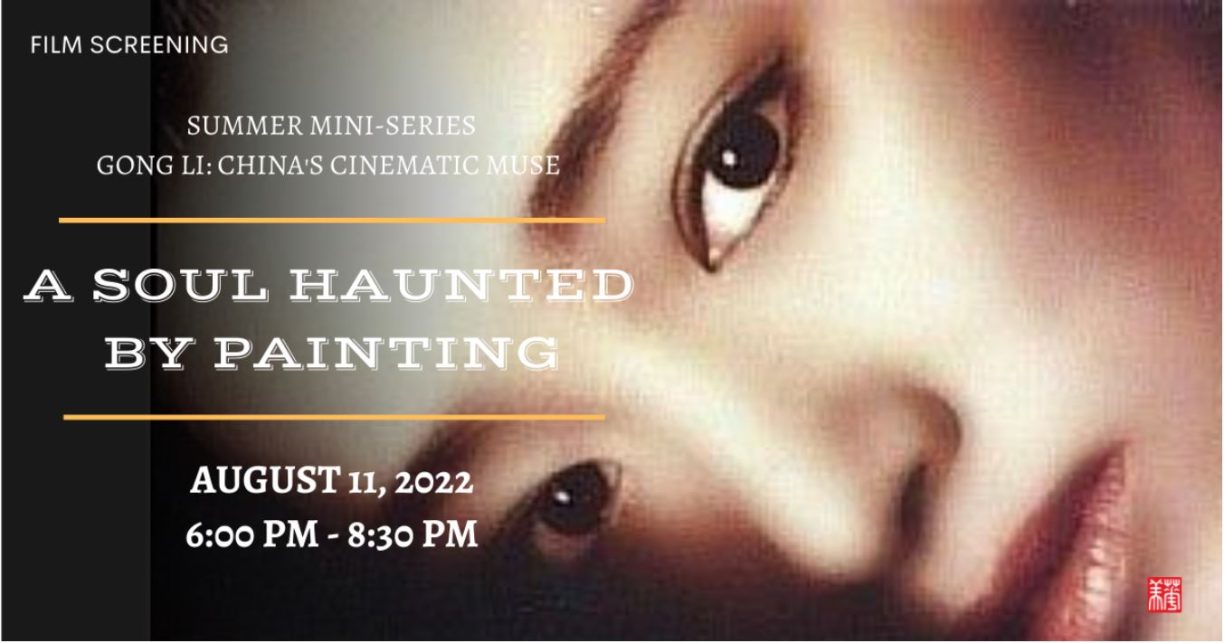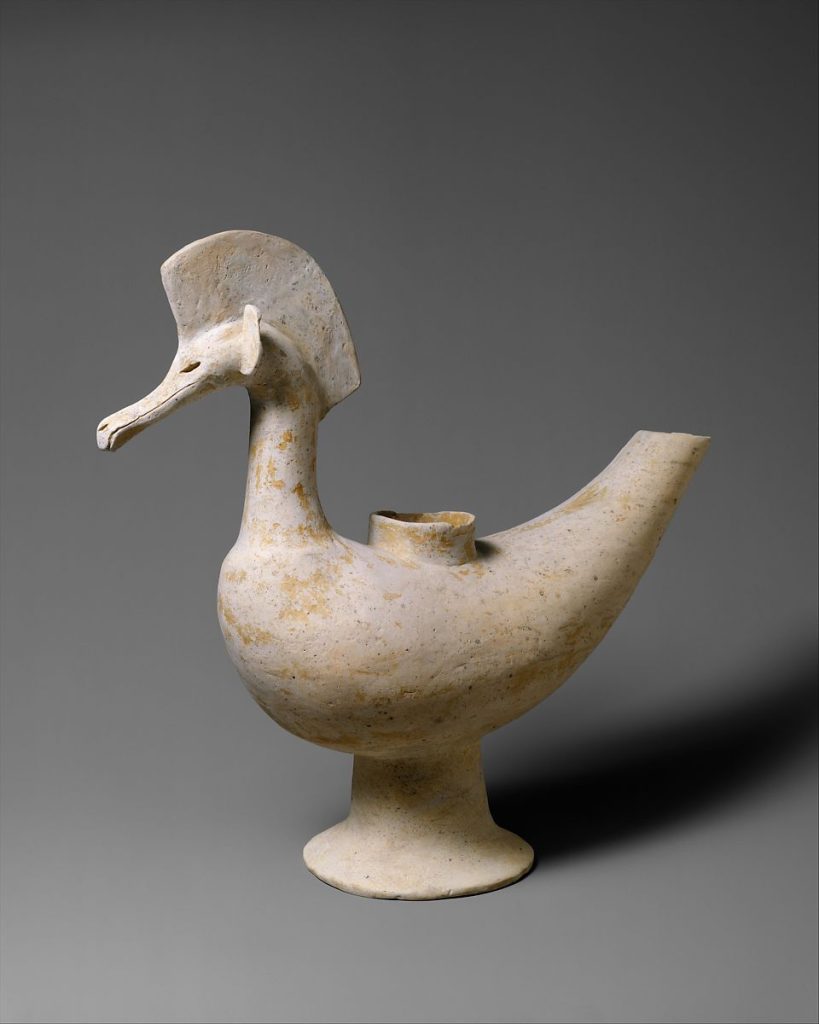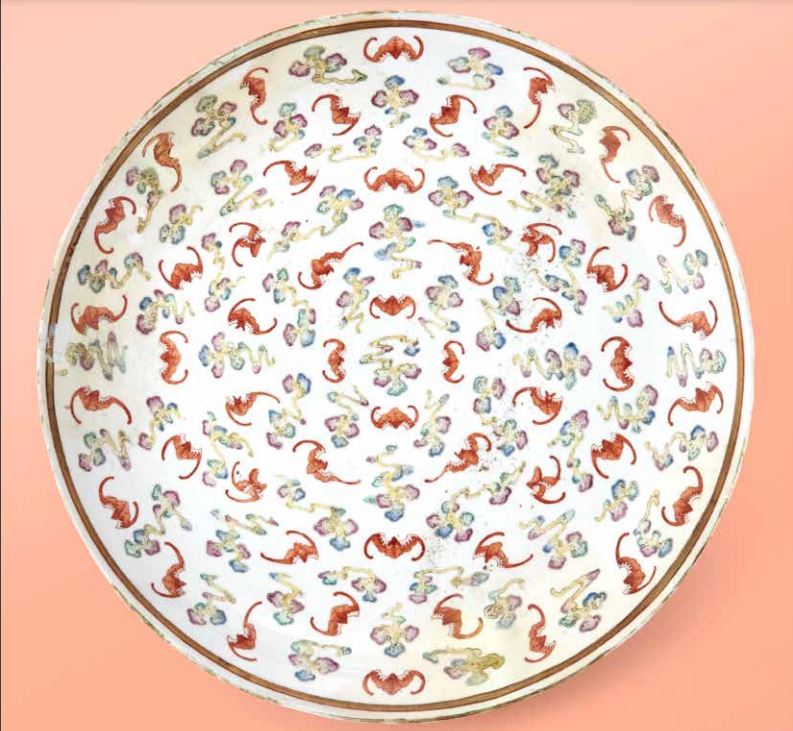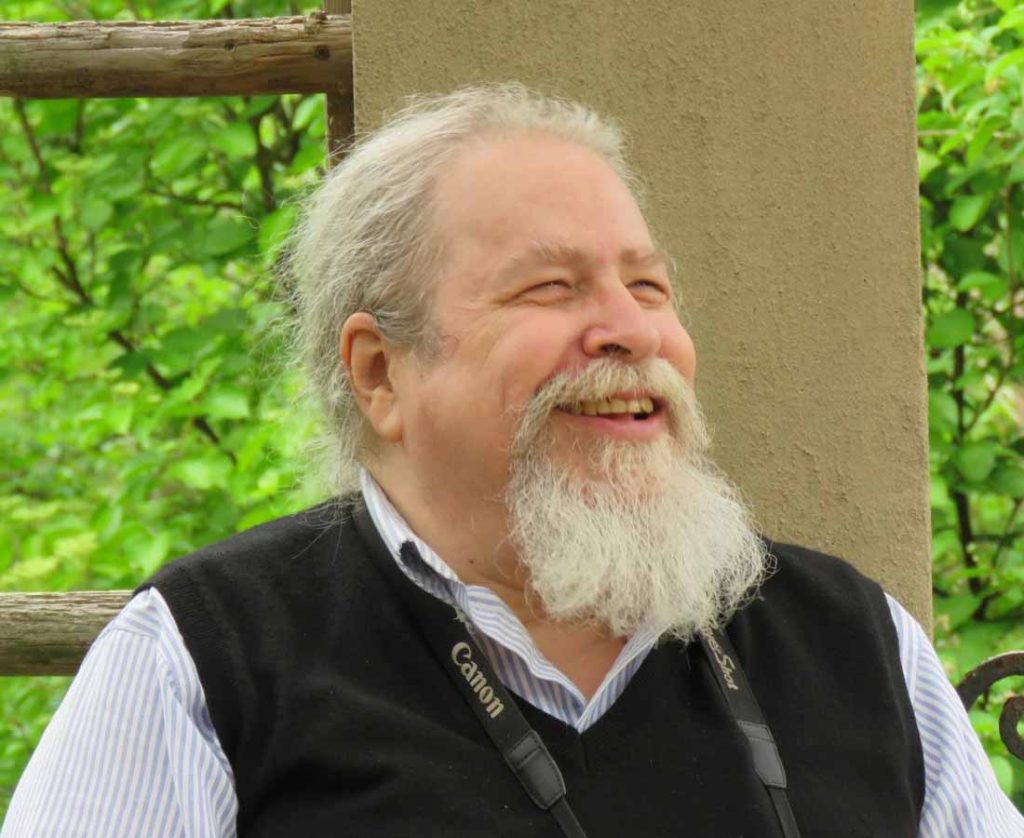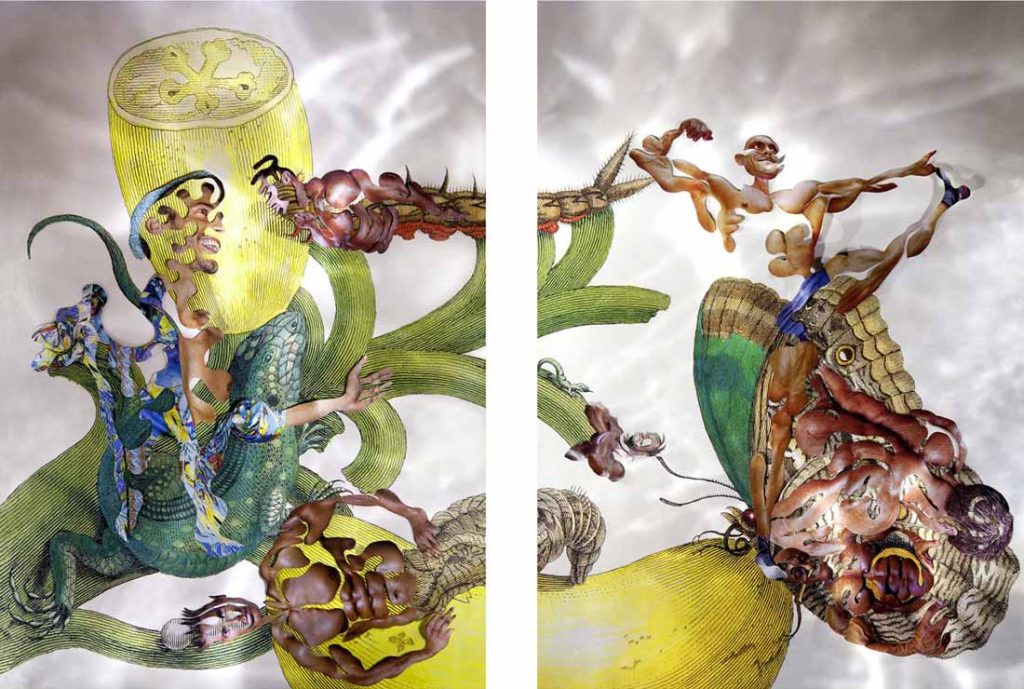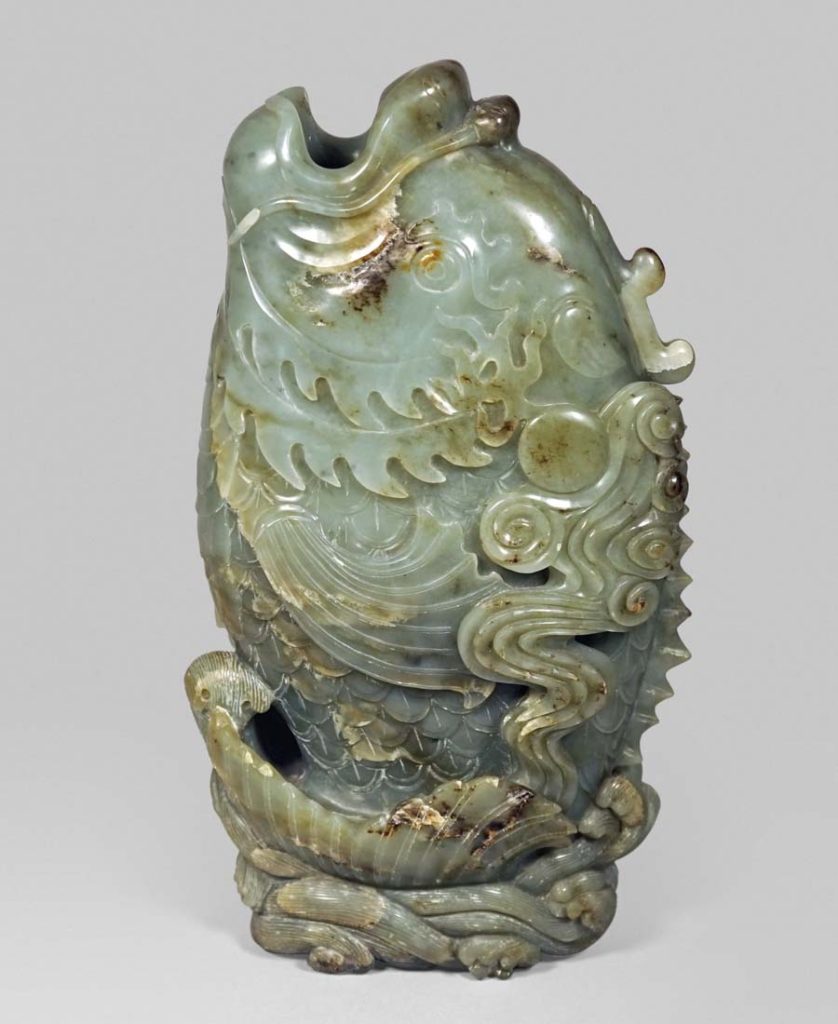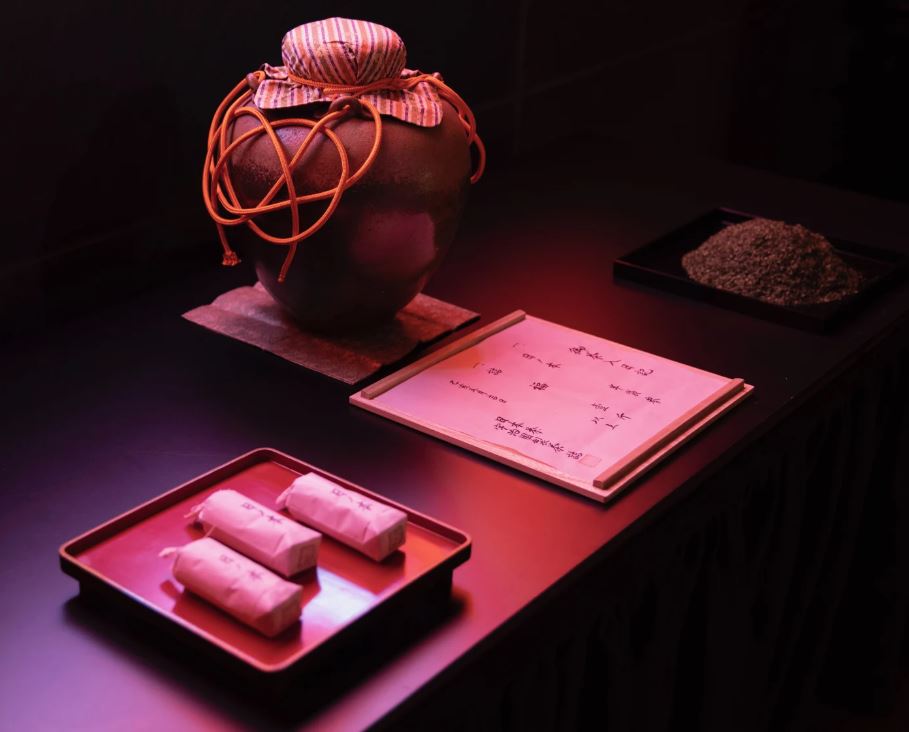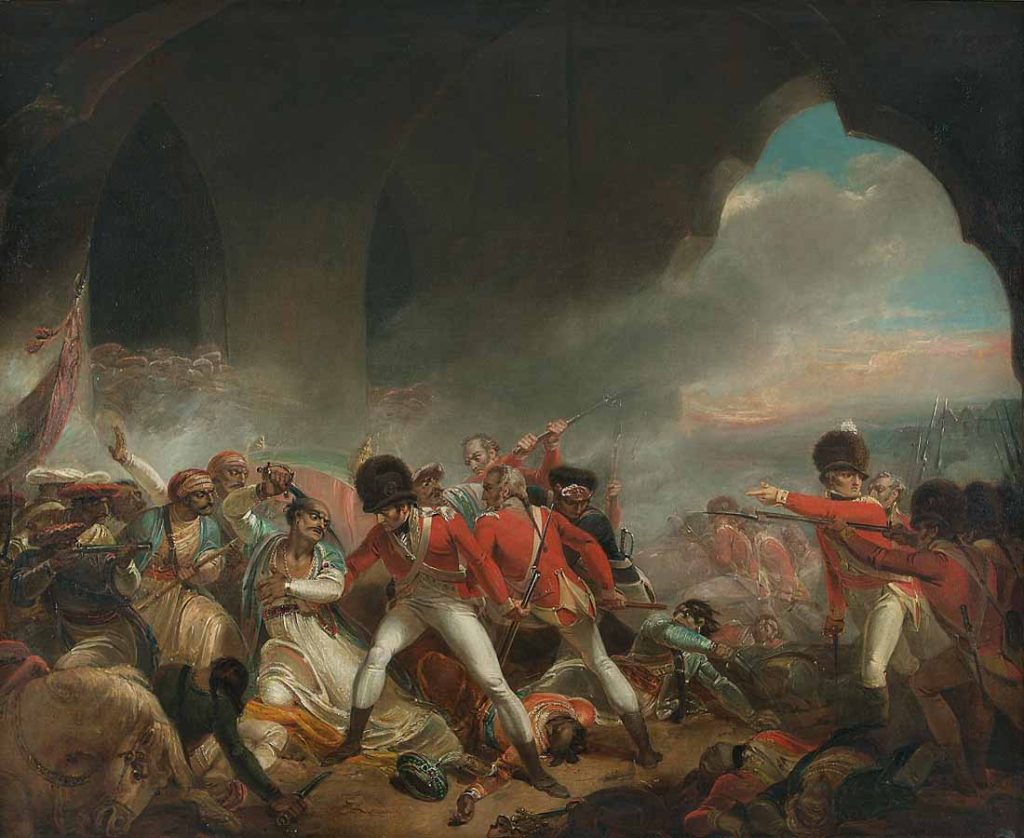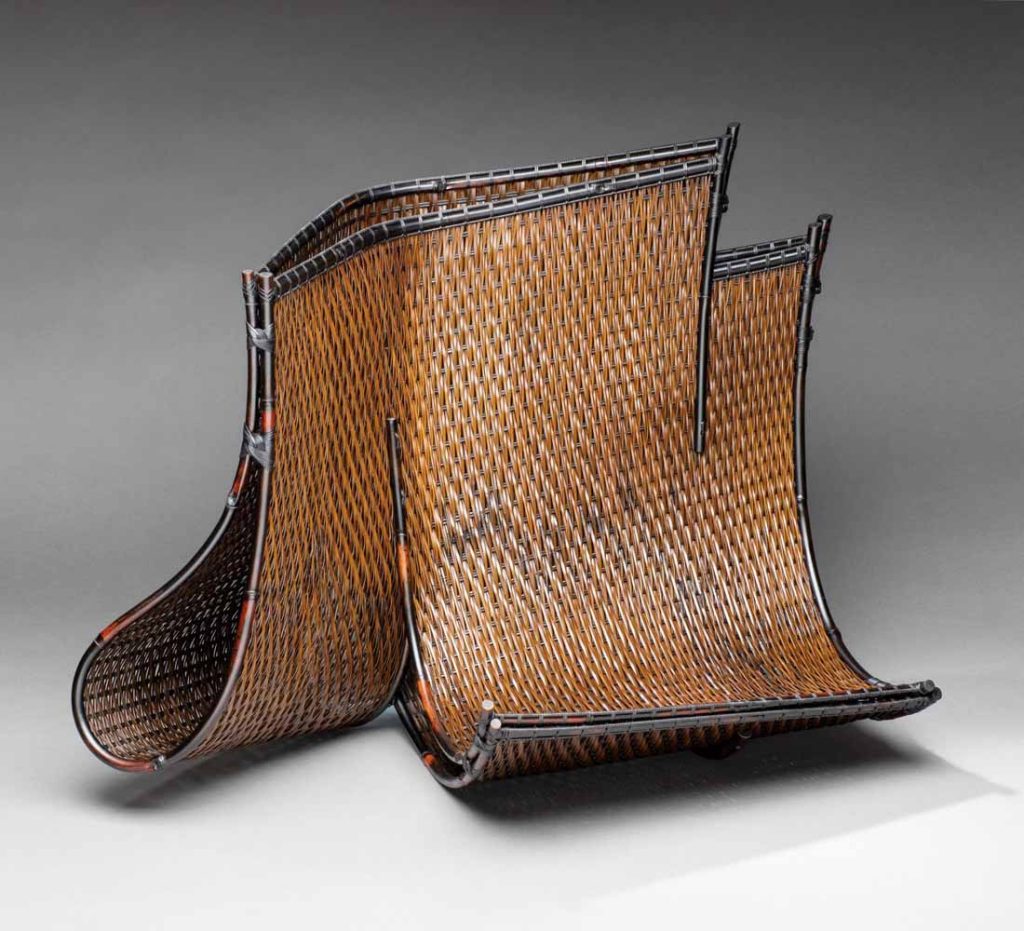Henry Singleton (1766-1839), The Last Effort and Fall of Tippoo Sultaun, ca. 1802, oil on canvas,
40 x 50 in. (101.6 x 127 cm.)
Tipu Sultan: Image and Distance, DAG New Delhi
The Claridges, New Delhi
Opens July 26, 2022
An extraordinary exhibition of paintings, prints, maps and other objects recount a visual history of the Mysore Wars between the East India Company and Tipu Sultan. Collected from around the world and now housed permanently in India, this DAG exhibition explores how the narrative might have changed 222 years after the siege of Seringapatnam of 1799 that culminated with the death of Tipu Sultan.
DAG’s historic exhibition consists of a large body of works—paintings, prints, maps and other objects, mostly by British artists—crafts a story of the Mysore Wars between the East India Company and Tipu Sultan and his father Haider Ali. The images, based on the British view of the time, are critically examined by curator Giles Tillotson to reflect changing perceptions and Indian views on this epic battle and its political and social fallouts. The reviewing of this visual material with the benefit of distance in the exhibition Tipu Sultan: Image & Distance follows the recent acquisition of a major painting by Henry Singleton depicting The Last Effort and Fall of Tippoo Sultaun’ among others, bringing this primary material permanently to India. Made by a British artist for British audiences, the painting had remained in Britain since the time of its making, shortly after the event that it depicts that occurred in 1799.
Tipu Sultan: Image & Distance surveys paintings and engravings illustrating key episodes and events from the Mysore Wars fought between 1767 and 1799, and places them in the context of history painting in Britain and France in the late eighteenth century. Leading artists such as Mather Brown, Henry Singleton and Robert Ker Porter produced and displayed many large canvases depicting such turning points as the surrender of two of Tipu’s sons to Lord Cornwallis as hostages in 1792, the siege of Srirangapatna and the death of Tipu Sultan in 1799 at the close of the siege, without ever having visited India. Painted based on British records and through imagination, they appealed to the voyeuristic interest the British had in stories of British triumphalism, greatly enhancing the artists’ reputations and incomes. To put these views and objects in a wider context, the exhibition includes some works by Indian artists made around the same time.
Read more, click here.
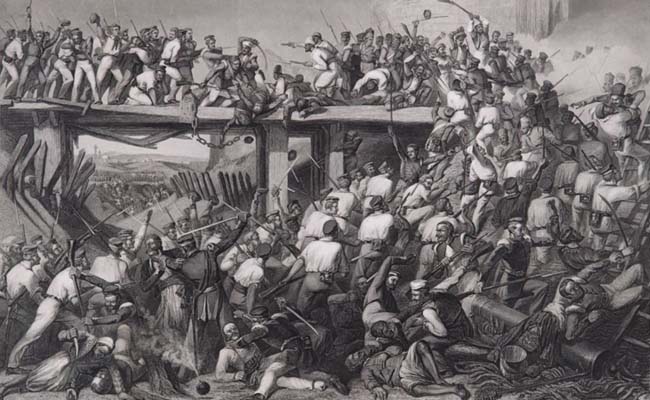
M.S. Morgan, engraved by T.H. Sheratt, Storming of Delhi, 1859, engraving on paper
MARCH to FREEDOM, DAG Kolkata
Reflections on India's Independence on its Thirty-Fifth Anniversary
Indian Museum
July 23-September 18, 2022
Consisting of 159 works of art and historical artifacts, the exhibition re-interprets the well known story of the Indian freedom struggle and anti-colonial movement. It draws on DAG's extensive collection of modern and early modern Indian art, and ranges from eighteenth and nineteenth century European paintings and prints, to unknown works by Indian artists that merit greater recognition, as well as several iconic pieces by celebrated modern artists. Particularly noteworthy are the seldom seen before historical maps, travel and cinema posters from pop culture and collectible figures that add to the diversity of material being showcased in this grand-scale collaboration. Daily activities and special events will be organized throughout the run of the show to engage audiences of all ages.
Along Dr. Venkateswaran, specialists have contributed to the accompanying book and the making of the exhibition. Instead of following a chronological order of historical events, the narrative of the exhibition has been divided into eight distinct thematic sections. They are as follows:
Battles for Freedom investigates the significance of the myriad wars scattered through India's past.
The Traffic of Trade situates India and South Asia's colonial histories within a global history of trade, and refocuses attention on the individuals with the broad-brush narratives we construct.
See India considers the role of travel and seeing India, both literally and through circulating images, in conceiving a nation.
Reclaiming the Past is about the power endowed in the simple act of being able to tell one's own story.
Exhibit India is about being able to showcase one's culture.
From Colonial to National focuses on the different places and institutional spaces in which the anti-colonial struggle took place.
Shaping the Nation emphasizes historical individuals who led those efforts over the decades.
Independence explores the moment of the nation's independence and the aftermath of the joys, sorrows, and multitude of experiences of freedom.
Read more, click here.
